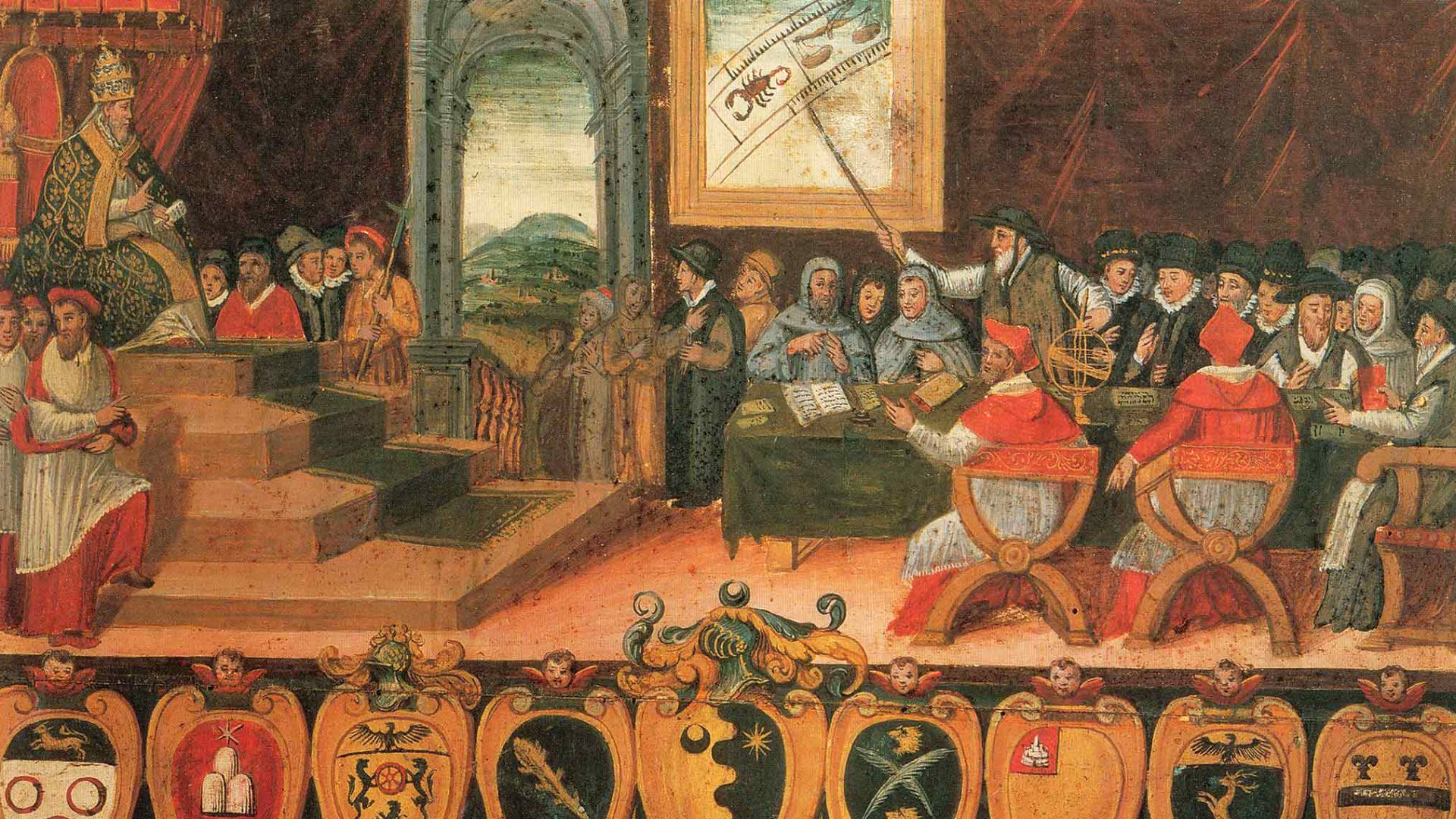Where Did April Fools’ Day Come From?

Many conflicting theories exist that try and pinpoint the origins of the holiday everyone in your office hates you for. Of all these theories, the most likely root of what we now know as April Fools’ Day dates back to Pope Gregory XIII, who reigned — or if reign isn’t the right word — who pope’d from 1572 to 1584. I’m sure you’re familiar with the calendar hanging on your wall that starts in January, ends in December, and consists of seemingly arbitrary amounts of days per month. You can thank Pope Greg for that. His Gregorian calendar replaced the Julian Calendar in 1582.
One major change with the calendar switch was that New Year’s Day moved from the end of March to the beginning of January. As Tech Times notes, those who didn’t get the memo about the change of date and celebrated the old New Year’s Day at the end of March were thus deemed, naturally, April fools.
Other references to early spring silliness exist beyond the Gregorian theory.The Canterbury Times explains that Chaucer’s Canterbury Tales (1475) includes a story of a fox who plays tricks on March 32nd. The ancient Roman Hilaria festival, which as its name suggests, was a celebration of all things hilarious, was traditionally held in late March. The Middle Ages featured a similar event called the Feast of Fools.
The likeliest answer to the question above — where did it all come from? — is that April Fools’ Day is merely a modern riff on an ancient tradition. For thousands of years, the end of winter has been met with glee. Our current practice simply builds upon the custom.
So tomorrow, when you return your coworker’s stolen stapler in the middle of a Jell-o mold, be sure to think of the Ancient Romans and good ol’ Pope Greg who helped make it all happen.
Read more at Canterbury Times and Tech Times.
Photo credit: Gang Liu / Shutterstock





